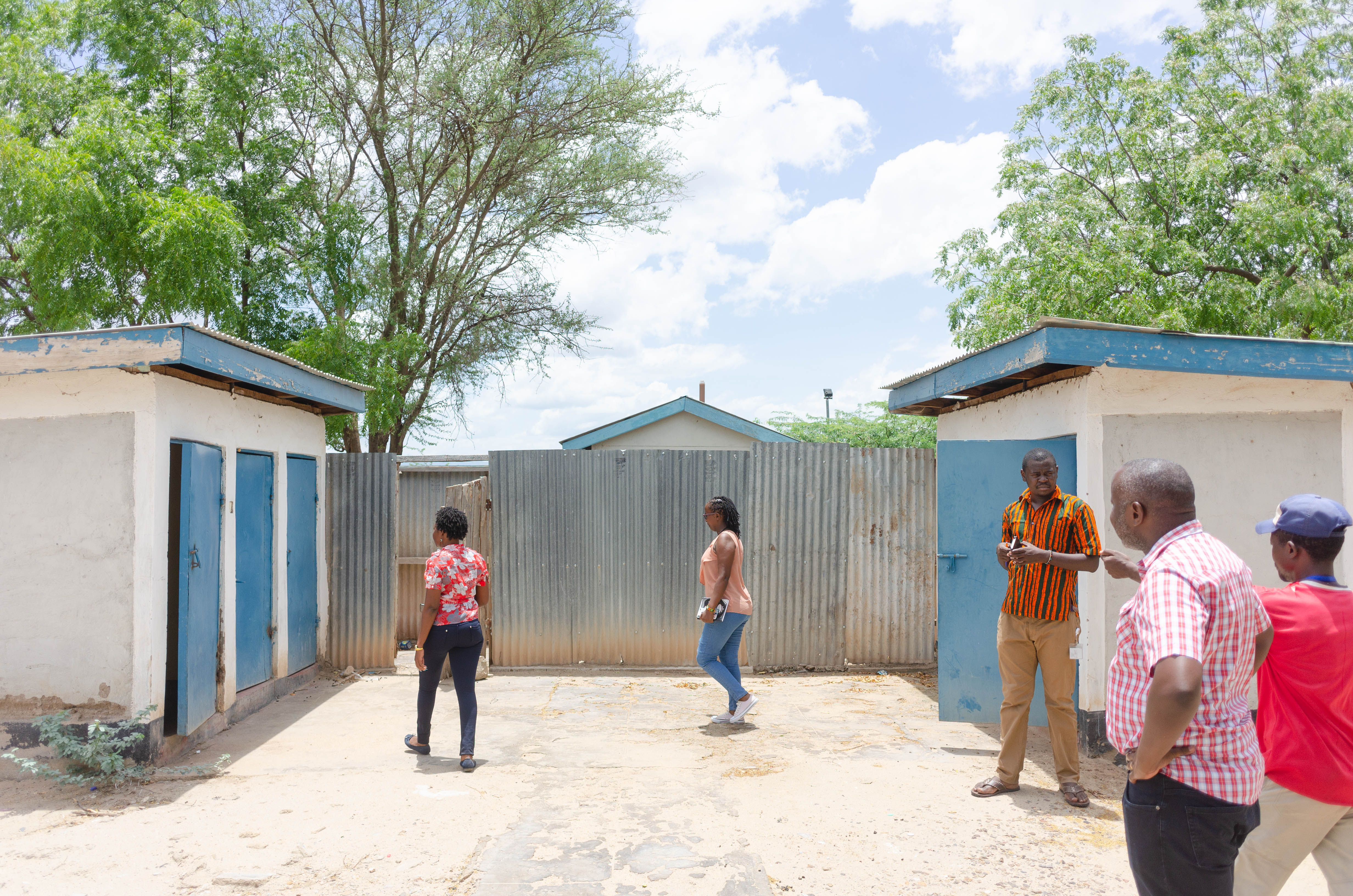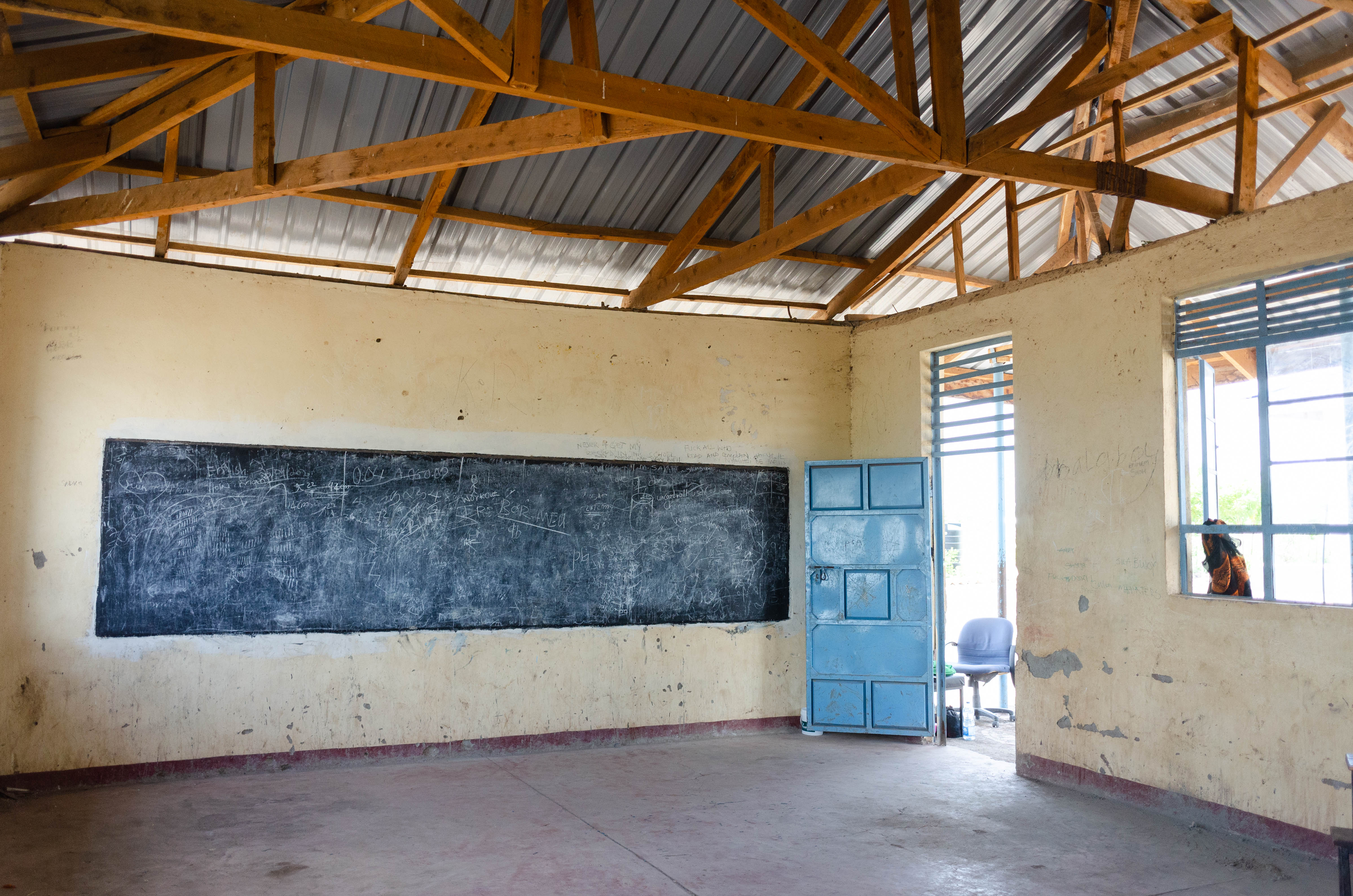Kalobeyei, Kenya 4 April 2020-- Since the first case of Covid-19 was detected in Kenya on 12th March, several international and UN agencies have contributed to ongoing UN Country Team (UNCT) and Government of Kenya efforts to mitigate the pandemic’s impact. In light of the risks of exposure in Kakuma-Kalobeyei, UN-Habitat has been supporting the process and has carried out a preliminary assessment to identify gaps and target initial response measures. Part of the assessment involved mapping current responses and identifying points-of-entry for advisory and technical support, leveraging on UN-Habitat's expertise in promoting spatial urban function and strategies for mobility and circulation.
UN-Habitat has been supporting the Kalobeyei Integrated Socio-Economic Development Programme (KISEDP) through coordination with Turkana County Government, and UNHCR for the last half a decade. Funded by the Government of Japan, the Swiss agency for Development and Cooperation (SDC) through Cities Alliance, and the EU Trust Fund for Africa, UN-Habitat's programming in the region has continued to grow, leveraging on our expertise in spatial planning, housing and infrastructure provision, and urban development.
Through the assessment, UN-Habitat and partners support to COVID-19 measures in Kakuma and Kalobeyei were identified across three incremental and interconnected phases: (1) Preparedness and Response Planning, (2) Recovery Planning, and (3) Long-term Planning.
Preparedness and Response Planning (PRP)
“Preparedness and Response Planning”, takes place in the early (current) stages of COVID-19 responses and focuses on boosting the capacity of Kakuma-Kalobeyei to respond to potential COVID-19 cases. Strategies have been identified to reduce and prevent community transmission, should COVID-19 cases be identified in the settlement(s). Part of this effort includes developing a study on repurposing existing facilities in Kakuma-Kalobeyei into temporary healthcare facilities to boost the response capacity on the ground. Schools were also selected as alternative facilities to be repurposed, with reference to WHO standards applied to the settlement contexts. UN-Habitat will continue to support UNHCR and partners under the KISEDP framework, as technical leads of the Spatial Planning and Infrastructure Sector, to complement the efforts by the Healthcare and WASH Sectors who are leading the COVID-19 response in Kakuma-Kalobeyei.

Recovery Planning
Should transmission of COVID-19 reach Kakuma-Kalobeyei, as part of the medium-term, heavily impacted sectors and communities will be identified and their healthcare needs addressed. It has been critically noted that the socio-economic impacts of COVID-19 are “expected to be substantial” in large informal economies such as Kakuma-Kalobeyei, and strategies to mitigate the impacts, such as on the livelihoods and economy of Kakuma-Kalobeyei should be developed. UN-Habitat is currently developing an assessment on the socio-economic impacts of COVID-19 in Kakuma-Kalobeyei, analysing both the impacts of the transmission and measures taken on communities. This will enable the team to identify areas of vulnerability, target our responses to support both host and refugee communities to continue their livelihoods, and access to services and necessities such as water and food supply chains.
Long-term Planning
In the final phase, “Long-term Planning” will outline strategies to improve the settlements’ capacity for future crises response. UN-Habitat believes that it is critical to integrate components of planning for the long run from the onset, allowing preparedness and response initiatives to incrementally develop into longer-term measures. UN-Habitat is working on a broader resilience preparation for Kakuma-Kalobeyei through the utilisation of Spatial Profiling as a tool, which can rapidly identify areas of risk and vulnerability through linking geo-spatial data analysis and socio-economic data. This will help target area-based responses by field teams working on an emergency strategy.
Moving forward, UN-Habitat will continue to review these strategies with partners, including National and County governments, humanitarian and development organisations and partners to develop a holistic and comprehensive strategy and set of measures for the Kakuma-Kalobeyei response.
